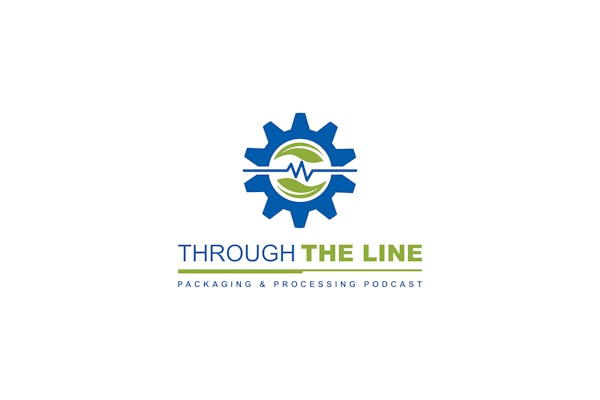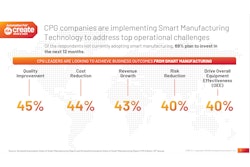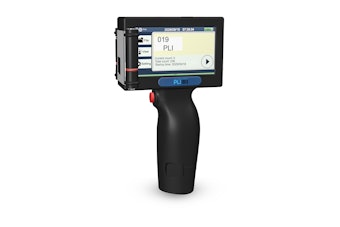Pacific Cycle Inc., Madison, WI, a division of Dorel Industries Inc., is going along for the ride in supply chain improvement using RFID. The company, a major supplier of bicycles and other recreational products under brands such as Schwinn, Mongoose, GT, and Roadmaster, announced in March a commitment to an RFID program using hardware from Symbol Technologies.
Pacific has selected the Symbol’s MC9000-G with RFID, a rugged mobile computer that combines RFID capabilities, bar code reading, imaging, and Wi-Fi connectivity and Symbol’s AR400 series fixed RFID readers and EPC Class 0 tags.
While most of the tags are applied to corrugated cases, some tags are placed inside owner’s manuals.
“This RFID solution gives us unparalleled visibility for our products throughout the supply chains,” says Ed Matthews, information systems director for Pacific Cycle. “We have experienced near-perfect read rates with Symbol’s RFID readers and tags, far surpassing the results of other equipment we tried.”
Pacific Cycle’s move into RFID reflects the pull from retailers like Wal-Mart and Target. Pacific Cycle decided to meet Wal-Mart’s RFID mandate, even though it was not in the top 100 suppliers, because it recognized it would eventually have to do it. The company felt that it could gain a competitive advantage as an early adopter.
Item-level RFID
One case, one bike, is how Matthews described the company’s adoption of item-level RFID that went live in September 2004. Matthews spoke in a panel discussion at the RFID Journal Live! conference in April. Even with that kind of item-level value for its bikes, Matthews admitted that hardware costs were an issue.
“We see benefits, but not return-on-investment,” Matthews said, then added that it would take at least a year or two to get any kind of ROI.
Matthews pointed to benefits that include proof of delivery, inventory savings including point-of-sale data: knowing what’s on the store floor and what is in the backroom.
Uphill struggles
As is likely for all RFID launches, Pacific Cycle’s slap-and-ship RFID rollout was not without a struggle, according to consultancy IDTechEx. In an article posted at the IDTechEx Web site April 8, Implementing RFID, it was reported that the average time to load a truck used to be 40 minutes for Pacific Cycle, then increased to 2.5 hours with RFID. That time has since been significantly reduced as staff become used to the process. Lessons they learned were that at initially the tags only had a 78% success rate, and faulty tags took at least five seconds to read—an unwanted delay. It was also reported that because of the metal bicycles, a custom antenna was installed that provided good read performance despite the amount of metal present.
At RFID Journal Live!, Mathews noted that the company has gone through two to three different sets of hardware and two tag suppliers. Yet, he remains optimistic about the rewards in the journey to RFID implementation.
“We anticipate that RFID will not only enable us to monitor our bikes in real time as they move from manufacturing to retail inventory, but will give us an accurate picture of what’s out there on the floor at any given moment,” says Matthews. “Combined, this will mean higher shipment accuracy, a reduction in our inventory, and lower labor costs—it will revolutionize the way we do business.”























